The BD139 is a popular NPN transistor widely used in various electronic applications. It features a plastic casing and is available in the TO-126 package.
The NPN transistor means that the collector and emitter are open (reverse-biased) when the base pin is held at the ground and closed (forward-biased) when a signal is applied to the base pin. It has a gain value (hfe) ranging from 40 to 160, indicating its amplification capacity. The maximum collector current is 1.5A, making it suitable for loads consuming up to 1.5A. To bias the transistor, a limited current (IB) should be supplied to the base pin, which should be 1/10th of the collector current. The voltage across the base-emitter pin should not exceed 5V.
When fully biased, the BD139 allows a maximum current of 1.5A to flow through the collector and emitter, operating in the saturation region. The maximum allowed voltage across the collector-emitter (VCE) or base-emitter (VBE) is 80V. When the base current is removed, the transistor turns off completely, entering the cut-off region.
Pinout Configuration
- Pin 1 (Emitter): Current drains out through the emitter, typically connected to the ground.
- Pin 2 (Collector): Current flows into the collector, usually connected to the load.
- Pin 3 (Base): Controls the biasing of the transistor and is used to turn it on or off.
Features of BD139 Transistor
- Plastic casing NPN transistor.
- The continuous collector current (IC) is 1.5A.
- Collector-emitter voltage (VCE) is 80V.
- Collector-base voltage (VCB) is 80V.
- The base current (Ib) is 0.5A.
- The emitter-base breakdown voltage (VBE) is 5V.
- DC current gain (hfe) ranges from 40 to 160.
- Available in the TO-126 package and SOT-32 packages.
Applications
- RF amplifiers
- Switching circuits
- Amplification circuits
- Audio amplifiers
- Load driver circuits
FAQs and Answers
Q: What is the maximum collector current (IC) of the BD139 transistor?
A: The BD139 transistor has a maximum collector current (IC) of 1.5A.
Q: What is the collector-emitter voltage (VCE) of the BD139 transistor?
A: The collector-emitter voltage (VCE) of the BD139 transistor is 80V.
Q: Can I use the BD139 transistor for switching circuits?
A: Yes, the BD139 transistor is suitable for switching circuits.
Q: What is the base current (Ib) of the BD139 transistor?
A: The base current (Ib) of the BD139 transistor is 0.5A.
Q: What is the emitter-base breakdown voltage (VBE) of the BD139 transistor?
A: The emitter-base breakdown voltage (VBE) of the BD139 transistor is 5V.
Q: What is the DC current gain (hfe) range of the BD139 transistor?
A: The DC current gain (hfe) of the BD139 transistor ranges from 40 to 160.
Q: Are there equivalent NPN transistors to the BD139?
A: Yes, the BD136, BD138, and BD140 transistors are equivalent NPN transistors to the BD139.
Q: Is there an alternative transistor to the BD139?
A: Yes, the D882 transistor can be used as an alternative to the BD139.
Q: What are some other NPN transistors similar to the BD139?
A: Other NPN transistors similar to the BD139 include TIP31C, SL100, S8050, BC547, 2N2222, and 2N4401.
Q: What are the typical applications of the BD139 transistor?
A: The BD139 transistor is commonly used in RF amplifiers, switching circuits, amplification circuits, audio amplifiers, and load driver circuits.

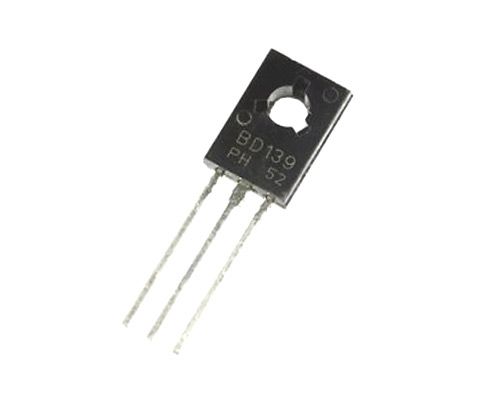
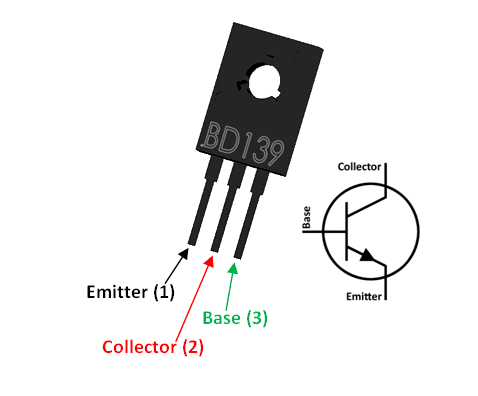


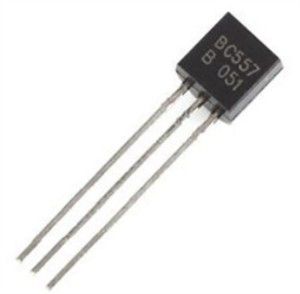
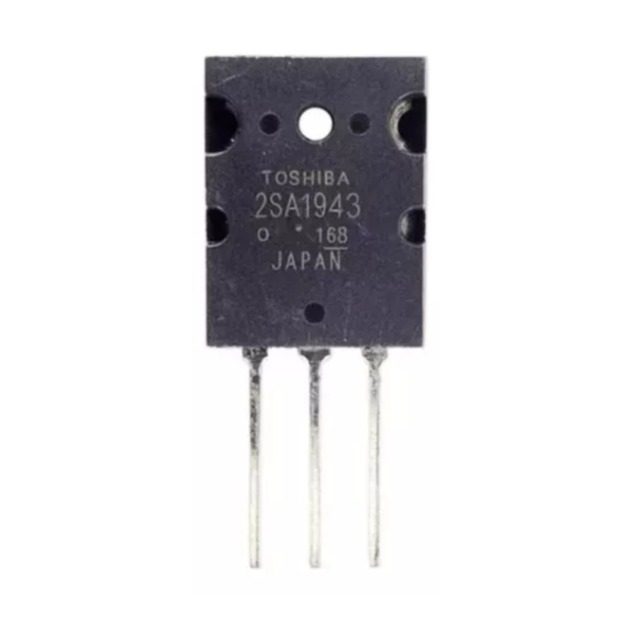
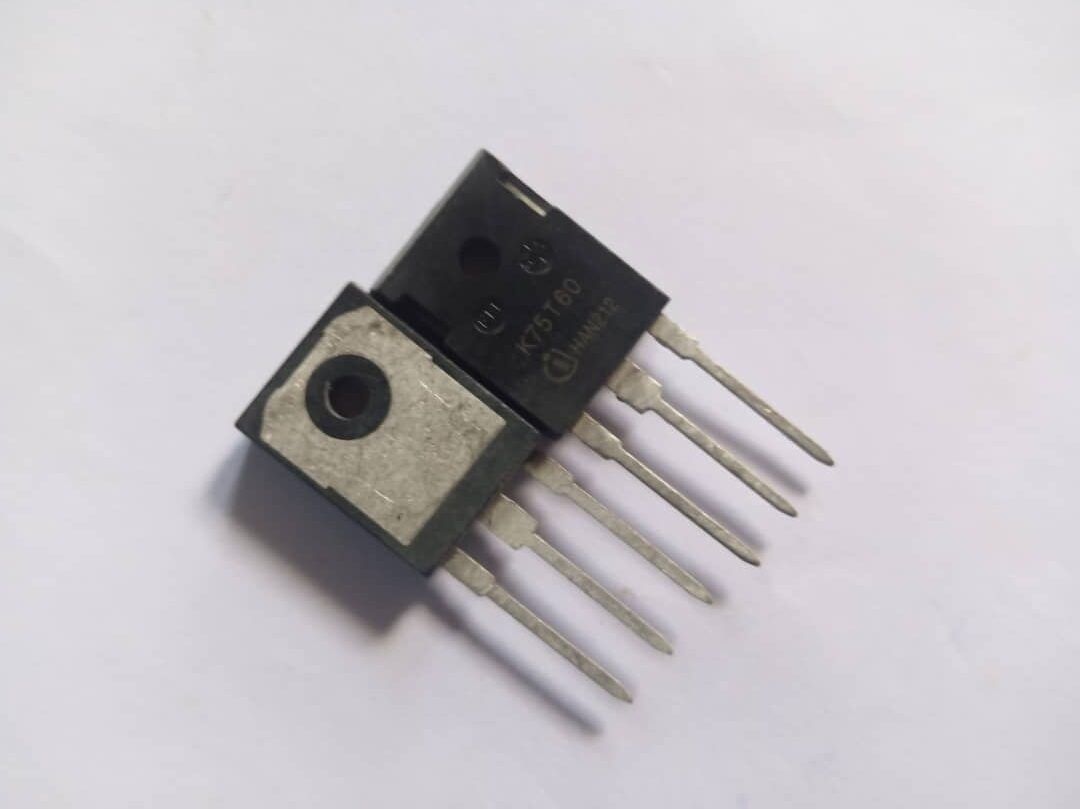
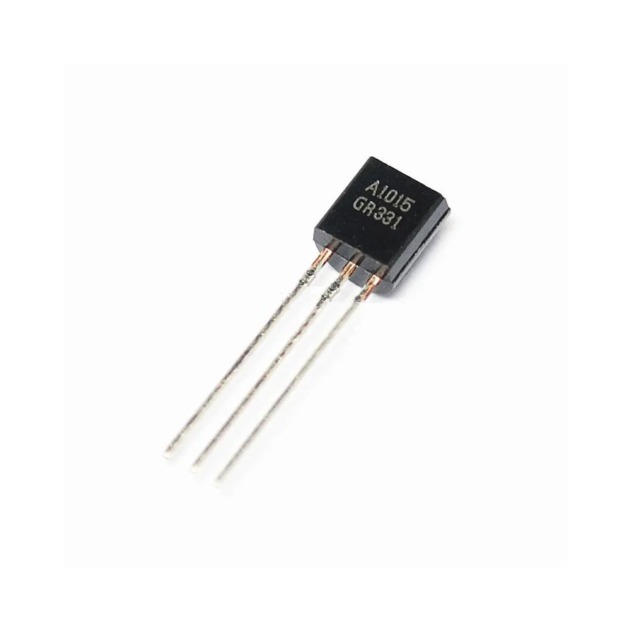


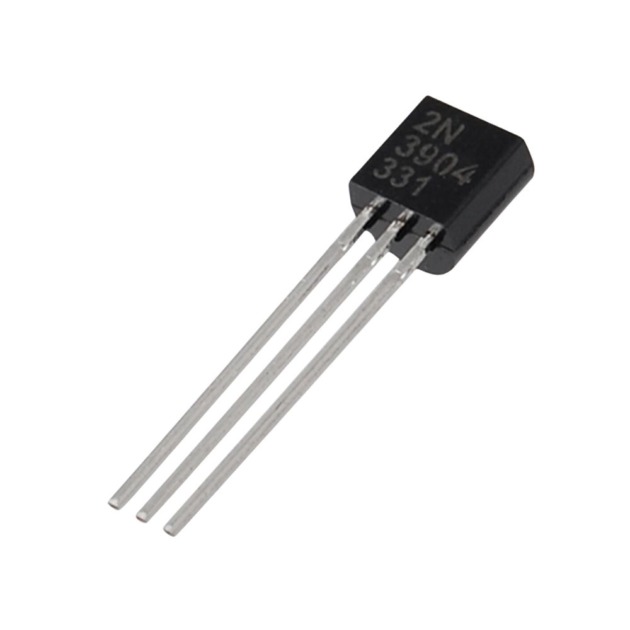

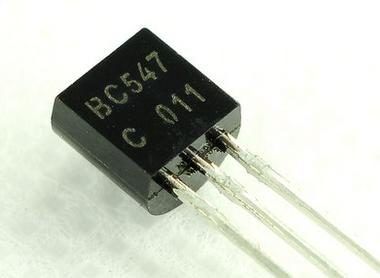
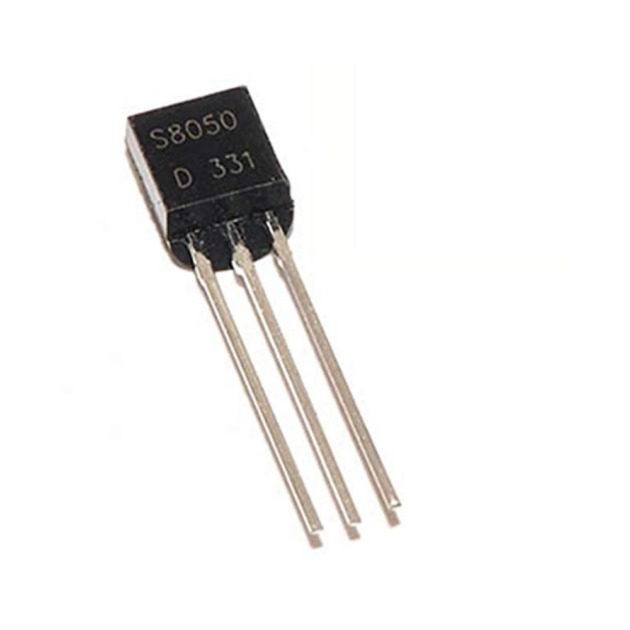
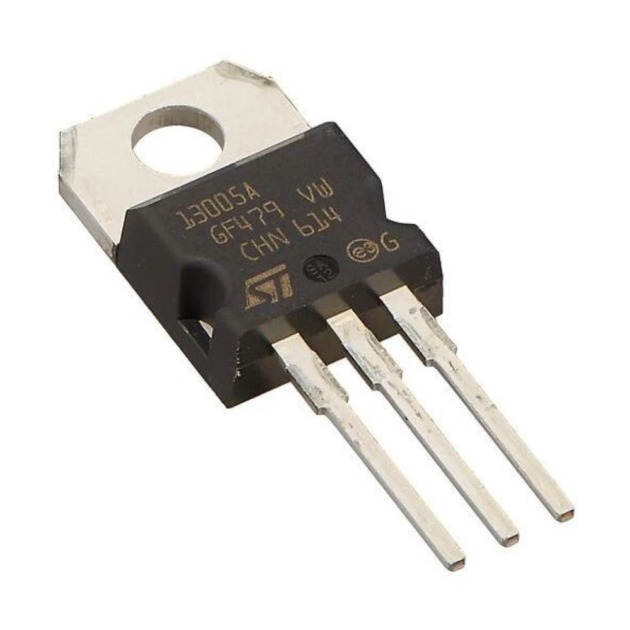
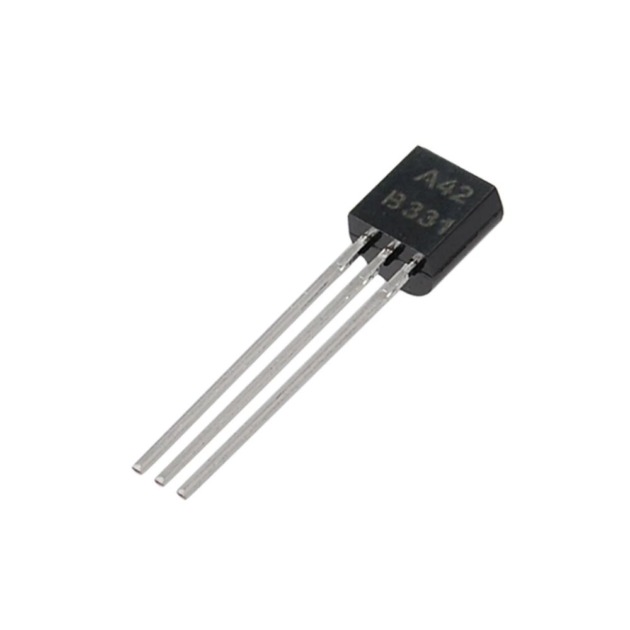
Reviews
There are no reviews yet.